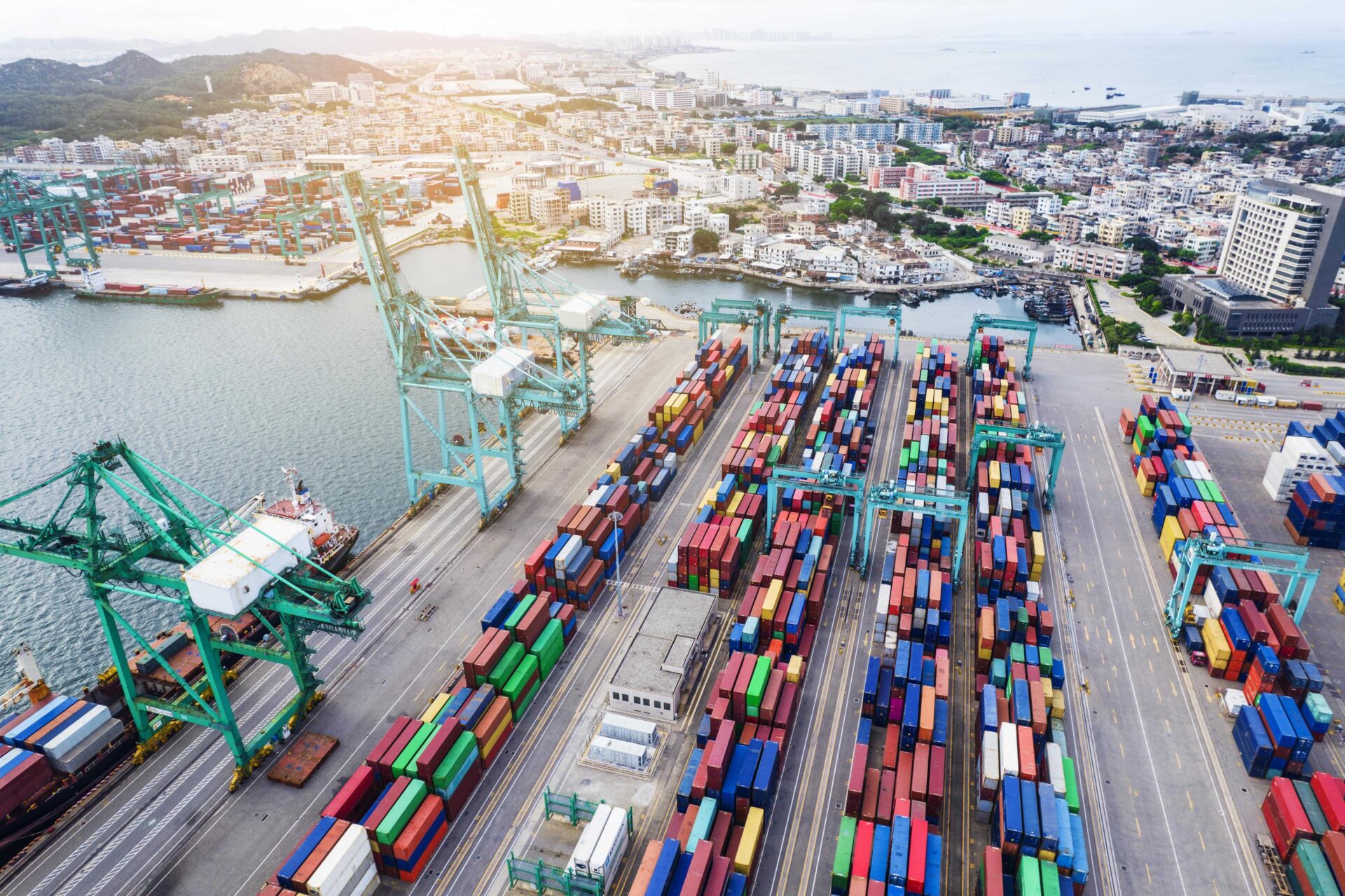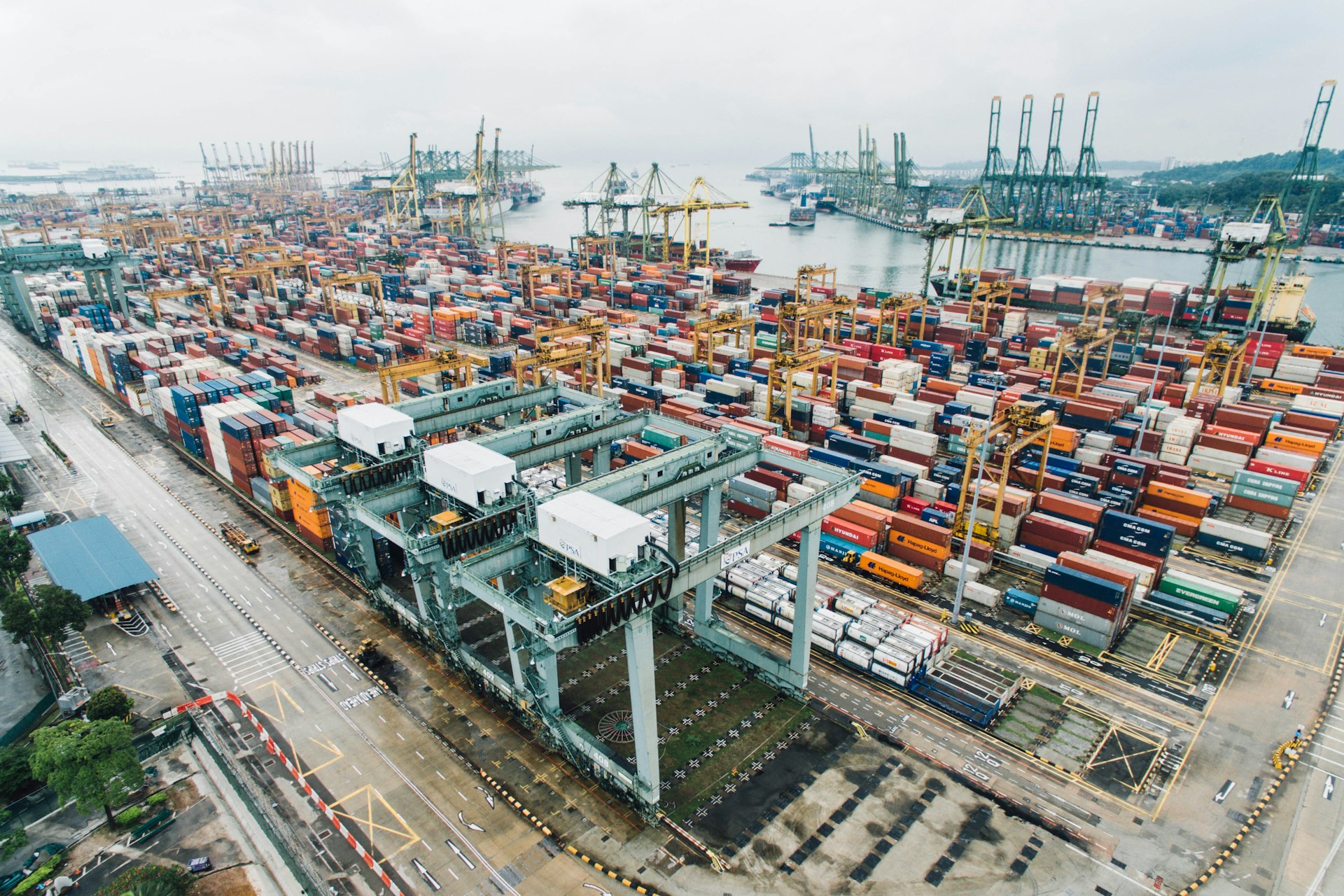In today’s globalized economy, businesses rely heavily on container shipping to move goods across vast distances. China, as the world’s manufacturing hub, is a key player in this supply chain, exporting a myriad of products to the United States. Understanding the intricacies of container shipping costs from China to the USA is crucial for companies seeking to optimize their logistics and maintain profitability. In this article, we will delve into the factors affecting these costs, provide insights on cost-saving strategies, and highlight the role of XRGLOBAL, a reliable logistics partner.
Firstly, it’s important to note that container shipping costs from China to the USA are influenced by several variables. These include fuel prices, port congestion, exchange rates, demand and supply dynamics, and the choice of shipping route. The most common shipping routes are via the Pacific Ocean (East Coast) and the Atlantic Ocean (West Coast), each with its own set of challenges and advantages.
Fuel costs play a significant role, as shipping companies must factor in the price of bunker oil, which can fluctuate rapidly due to geopolitical tensions and market dynamics. Additionally, port congestion at major Chinese and US ports, like Ningbo-Zhoushan and Los Angeles/Long Beach, can lead to increased dwell times and additional charges for shippers.
Exchange rates also contribute to the overall cost, as the value of the US dollar against the Chinese yuan can impact the invoiced amount. Companies need to be proactive in managing currency risks to minimize fluctuations in costs.
Demand and supply dynamics are another critical aspect. During peak seasons, such as the holiday shopping period or trade fairs, shipping rates tend to surge due to increased competition for space on vessels. Conversely, during off-peak periods, rates may drop, providing an opportunity for cost savings.
When choosing a shipping route, companies must weigh the benefits of speed and transit time against the potential cost implications. The East Coast route usually offers faster delivery times but higher costs, while the West Coast route is generally more affordable but slower. XRGLOBAL, with its extensive network and knowledge of both routes, can help clients make informed decisions based on their specific needs.
Now, let’s discuss cost-saving strategies that companies can adopt to mitigate the impact of these factors:
1. **Negotiate long-term contracts**: Establishing long-term agreements with shipping lines can lock in more predictable rates and minimize the effects of short-term market volatility.
2. **Optimize cargo size**: Consolidation and efficient use of container space can reduce overall costs by maximizing the number of shipments per vessel.
3. **Streamline documentation**: Streamlined customs processes and accurate documentation can minimize delays and avoid additional fees at ports.
4. **Use flexible shipping modes**: Consider air freight for urgent shipments or rail for more cost-effective alternatives when feasible.
5. **Partner with a logistics expert**: An experienced company like XRGLOBAL can provide end-to-end logistics solutions, including route optimization, port selection, and risk management, helping to keep costs under control.
XRGLOBAL, a trusted logistics partner, stands out in the industry for its comprehensive services and expertise. Their dedicated team specializes in navigating the complexities of international shipping, ensuring timely and cost-effective deliveries. By leveraging their global network, XRGLOBAL can secure competitive rates, manage risks, and provide real-time visibility into the shipping process, giving clients peace of mind.
In conclusion, understanding container shipping costs from China to the USA requires a deep dive into various factors and a strategic approach to logistics management. By partnering with a reliable company like XRGLOBAL, businesses can navigate these costs effectively and maintain a competitive edge in the global marketplace. As the shipping landscape continues to evolve, staying informed and working with experienced partners will be key to success in the ever-changing world of international trade.



